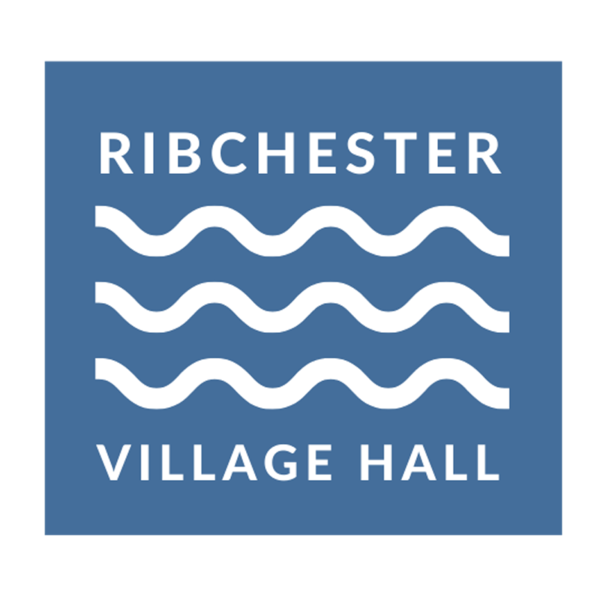
The first speaker was Cathy Tuck who is the newly appointed Heritage At Risk projects officer for the North West for Historic England. This organisation has been formed out of English Heritage to focus critical attention on heritage issues and, from Cathy’s perspective, to address significant places in the NW where local action could improve awareness of what was needed and what was about to happen. It surprised many in her large audience that the Roman remains that lie under the village were officially “at risk”.
The next speakers were from the University of Central Lancashire’s [UCLan] Archaeology Dept.
Jim Lewis and Duncan Sayer are leading its BA course and explained how their students – who had already appeared on various sites in the village at different times in their course would be coming back for further field work during July, to excavate in St Wilfrid’s churchyard and with the Rector’s permission, in the Rectory garden, which represented the main areas of Roman remains that were still uncharted. Jim was keen to identify the exact position of the Northern gateway to the Fort, that was still largely conjectural, but which was still accessible just outside the footprint of the Granary buildings.
These field works would be “open” to the village, so that residents could watch or even participate in the dig.
When the results of this work were known, it could well affect the boundaries of the Conservation Area and the area of the Roman “vicus” or village that had grown up around the actual Fort.
The last speaker was Patrick Tostevin, the director of the Roman Museum, who had recently received an award from the local Tourist Board for his strenuous efforts to raise the profile of the Roman Museum by borrowing the original Roman parade helmet from the British Museum to celebrate last year’s centenary of the Museum. This had doubled the visitors to the Museum in 2014. He endorsed the work that UCLan was about to put in hand, and agreed that finding the actual site of the North Gate would be a significant milestone in the perception of this major Roman site.
The Chairman of the Parish Council, Ian Sayers, thanked the speakers and the audience for the time and interest that had been shown in presenting the meeting. It augured well for the success of the projected work.
Christopher Ratcliff
(Article as seen in the Summer issue of the Parish News.)
